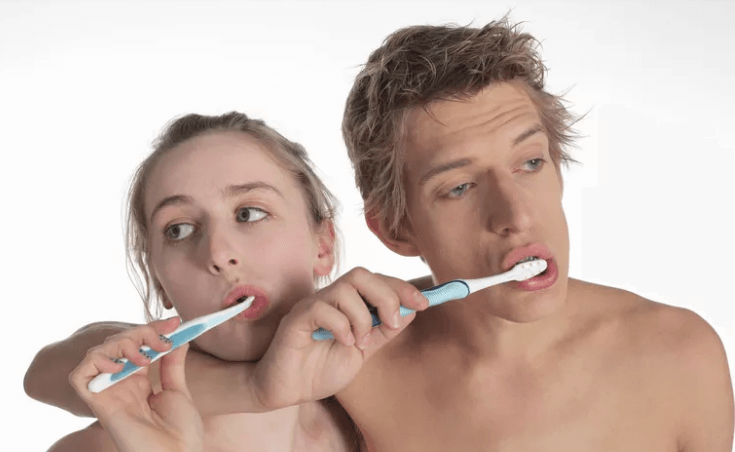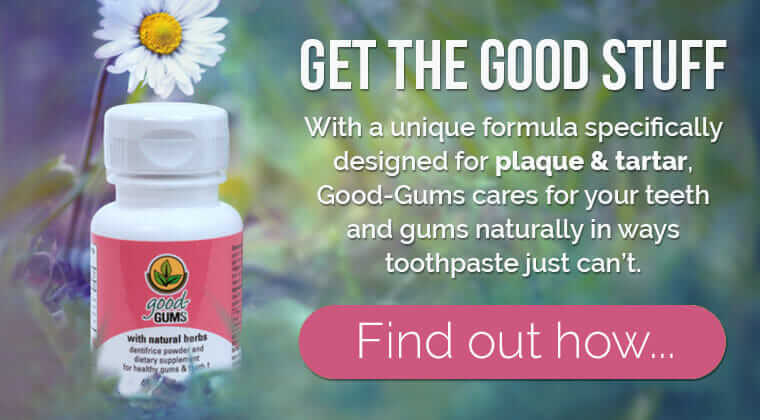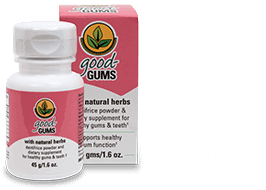The Dirty Truth About Your Toothbrush!

When was the last time you changed your toothbrush? Be honest.
It’s not something many of us think about until the bristles look so worn out, we’re forced to buy a new one. But by that time, there are so many species of bacteria residing in the crevices of those bristles, it really is like brushing your teeth with a toilet brush! In fact, it takes no time at all for your toothbrush to become a bacteria playground so it’s important that precautionary steps are taken to ensure your toothbrush is kept as bacteria-free as possible.
According to a study at the University of Manchester in England, the average toothbrush can contain more than 10 million species of bacteria – including E-coli and staphylococcus (“Staph”), which cause diarrhea and various skin infections.
“In an unbrushed mouth, there can be as many germs as a dirty bathroom floor”
Ann Wei, DDS – prosthodontist based in San Francisco.
While you clean your mouth, some bacteria transfer to your toothbrush where they can live in the moist environment between the bristles. Later when you re-use your toothbrush some of the bacteria can move back into your mouth.
Your toothbrush literally is like a bacteria magnet, attracting little critters from all sorts of places, which is why the worst place to store your toothbrush is right by the bathroom sink. We know, that’s the obvious place to store your toothbrush, right? But the problem is is that it gets easily contaminated from the splashing water from washing your hands.
And if you really want to up the cringe factor, then just think about what happens when you flush the toilet with the lid open! Charles Gerba, Ph.D., Professor, Microbiology & Environmental Sciences, University of Arizona College of Public Health, points out that bacteria and viruses falling from toilet spray “remain airborne long enough to settle on surfaces throughout the bathroom.” Yuck!
But now for the ultimate cringe – one study found that fecal coliforms were seen on 55% of toothbrushes and that the odds of that fecal coming from another person using that bathroom were about 80%! If this doesn’t make you want to run and put your toothbrush far, far away from the toilet, we don’t know what will! It can also make you wonder – who do you share your bathroom with?

Now that you’re sufficiently grossed out, are you ready to start treating your trusty toothbrush a little bit better? Here are some tips on how to keep your toothbrush as germ-free as possible.
Replace your brush
The American Dental Association recommend that you replace your toothbrush every three to four months. Children’s toothbrushes should be replaced more regularly and make sure you always buy a new toothbrush after you’ve been ill.
Keep your brush dry
After each use, rinse your toothbrush thoroughly to rinse off bacteria. Flick off the excess moisture and place the brush where it can dry without coming into contact with other toothbrushes. Most of the remaining bacteria will have a hard time surviving and multiplying without moisture so don’t put a cover over the brush head or in a closed container, as these will keep the bristles moist.
Sharing is not caring
No matter how conscientious you are about hygiene, you will never remove all bacteria from your toothbrush – so don’t share your brushes. Sharing a toothbrush is the most common method of transferring strains of bacteria from one person to another. And if you store your toothbrushes together with your other household members, make sure the heads don’t touch.
Close the toilet lid
Remember to flush with the toilet lid down! Enough said.
Sanitize with Hydrogen Peroxide
We recommend that once a week you soak your toothbrush (or electric-toothbrush head) in a 3% solution of hydrogen peroxide. It’s inexpensive and you can easily find it in most pharmacies or grocery stores.
The best way to do this is to pour enough hydrogen peroxide into a container (a plastic pill bottle or a shot glass are easy choices) to cover the brush head and then place your brush in the peroxide. After at least five minutes, rinse thoroughly in water, flick off the excess moisture and let dry.
Clean your teeth with the right stuff
And by that, we mean the good stuff! “Like what?” we hear you ask. Like Good-Gums all-natural tooth and gum powder, of course!
Your mouth is a breeding ground for bacteria so it’s important that oral hygiene is regularly maintained, by daily flossing and using an all-natural, dental product that’s efficient enough at busting that bad bacteria.
Good-Gums is jam-packed full of ingredients that not only provide critical minerals essential for building strong tooth enamel and healthy gums but also helps to combat infection and neutralize acids and bacteria which cause tartar, plaque, cavities, and bad breath. Good-Gums also acts as a mouthwash, so you can finish off your oral routine with a swish and a spit of this pleasant tasting, nutrition-packed solution to ensure your mouth is thoroughly clean!
While the truth about your toothbrush may be rather dirty indeed, these tips will help to control the bacteria populations on your teeth-cleaning implements, as well as curbing the gross factor!

Subscribe To Our Newsletter
Be the first to receive all our news, offers and natural oral health tips and articles.


